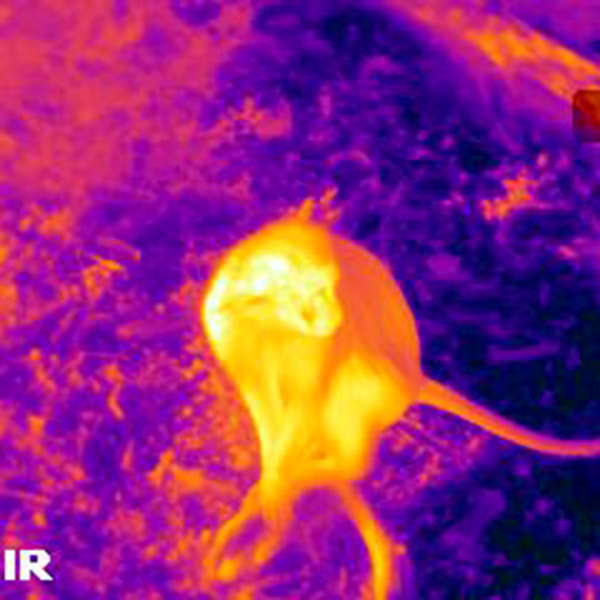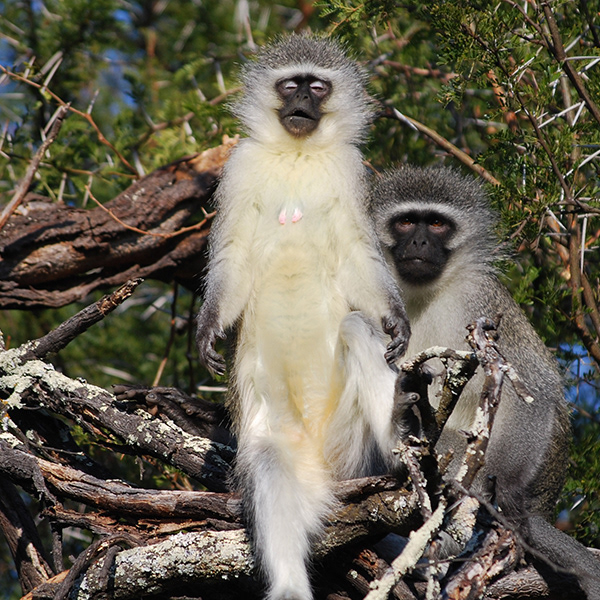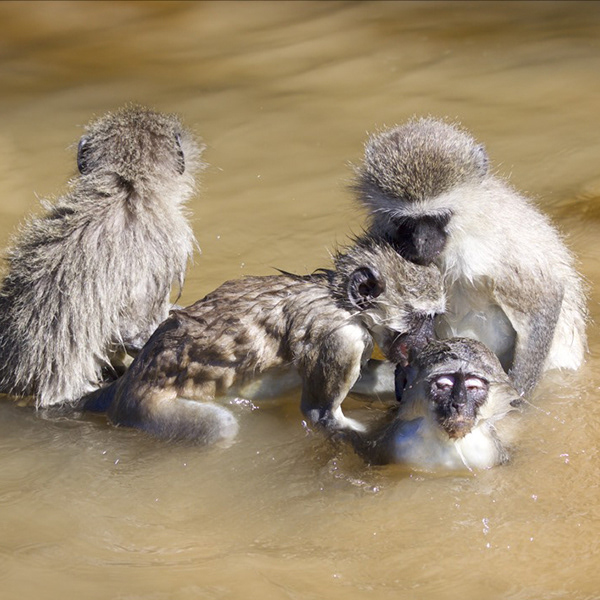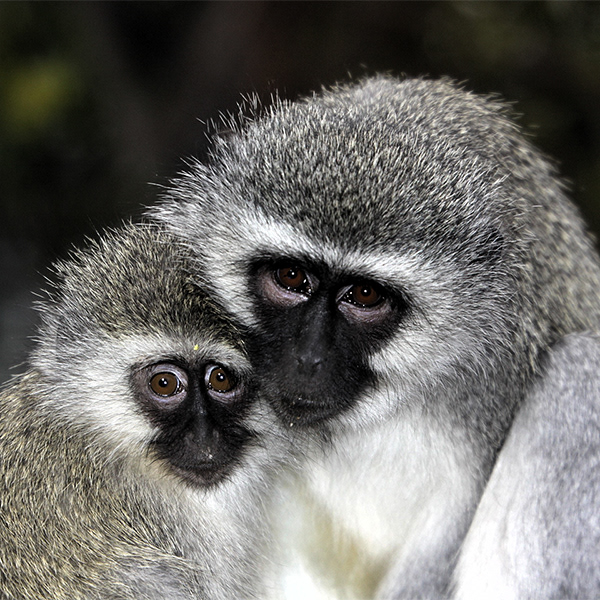High-level social linkages in wild chacma baboons
In 2019, I started a new project studying the behavioural ecology of baboons on the Swebeswebe Wildlife Estate, Limpopo Province, South Africa. This population of chacma baboons faces a novel suite of ecological pressures that mimics aspects of the selective environment thought to have produced the multilevel societies of hamadryas baboons and early Homo. We will examine whether there is sufficient plasticity in the chacma baboon’ multi-male–multi-female social system, under the right ecological conditions, to allow us to identify possible points of selection underpinning the emergence of higher-level social linkages. Specifically, we will examine whether the high predation pressure and limited sleeping site availability that characterize this population (i) represents the conditions required for the emergence of high-level social linkages, (ii) promotes coordinated inter-troop movements, and, (iii) drives a shift in internal socio-spatial dynamics linked to males. This project is funded by the Wenner-Gren Foundation.
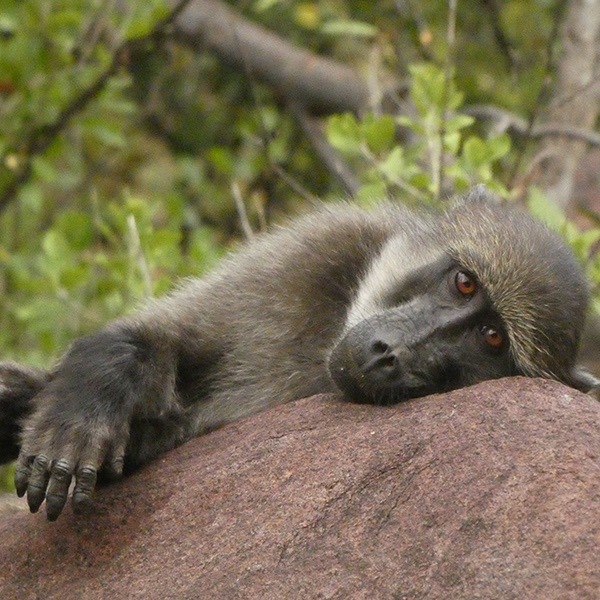
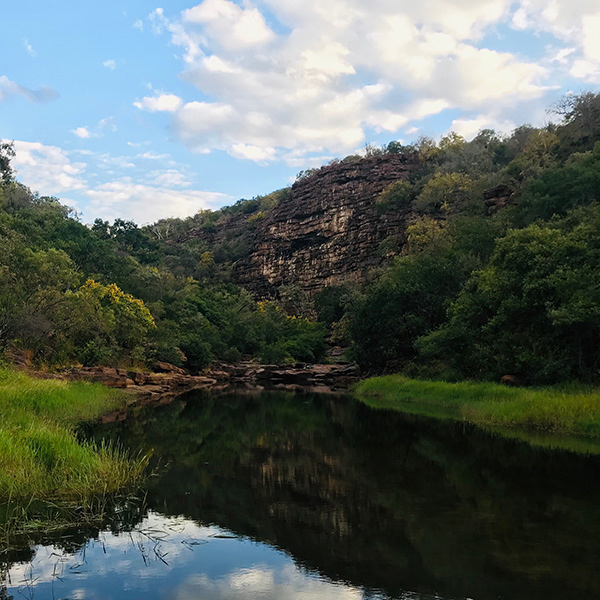
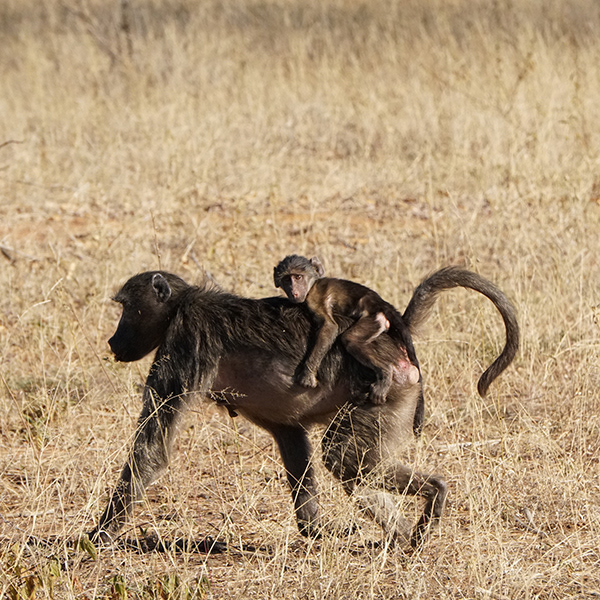
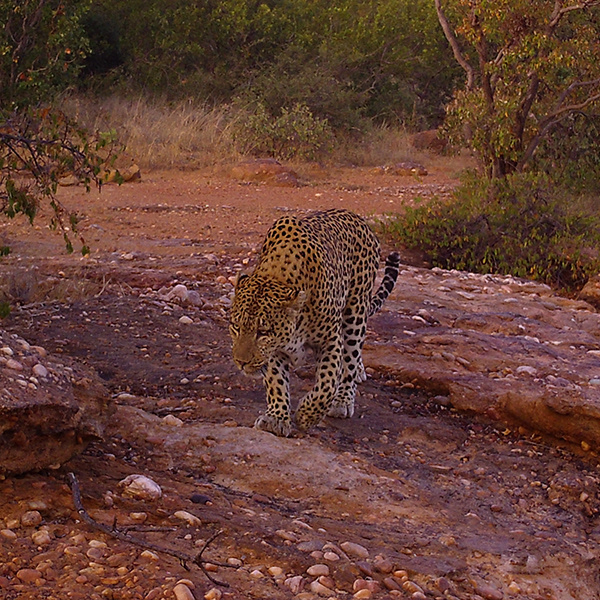
The impact of sexual dimorphism on facial expression in primates: implications for the evolution of facial communication
Human facial communication is highly complex and plays a fundamental role in social interaction. There are subtle sex differences in some facial expressions, whereby women are generally more expressive than men, and men and women use smiling differently in aggressive and affiliative contexts. These differences might relate to facial masculinity constraining some facial movements, and our evolutionary history of sexual dimorphism. Despite observed differences in male and female facial expressiveness, we know very little about how facial expressions can be impacted by sexual dimorphism. This project will examine how sexual dimorphism constrains facial communication. We will use chacma baboons as a model species to examine how sex differences in facial morphology—which are particularly exaggerated in this species—affect muscle movement and subsequent repertoire of facial expressivity. Our findings will further our understanding of how social and ecological selective pressures have shaped the evolution of complex facial communication in humans.This project is funded by the Leverhulme Trust/British Academy.
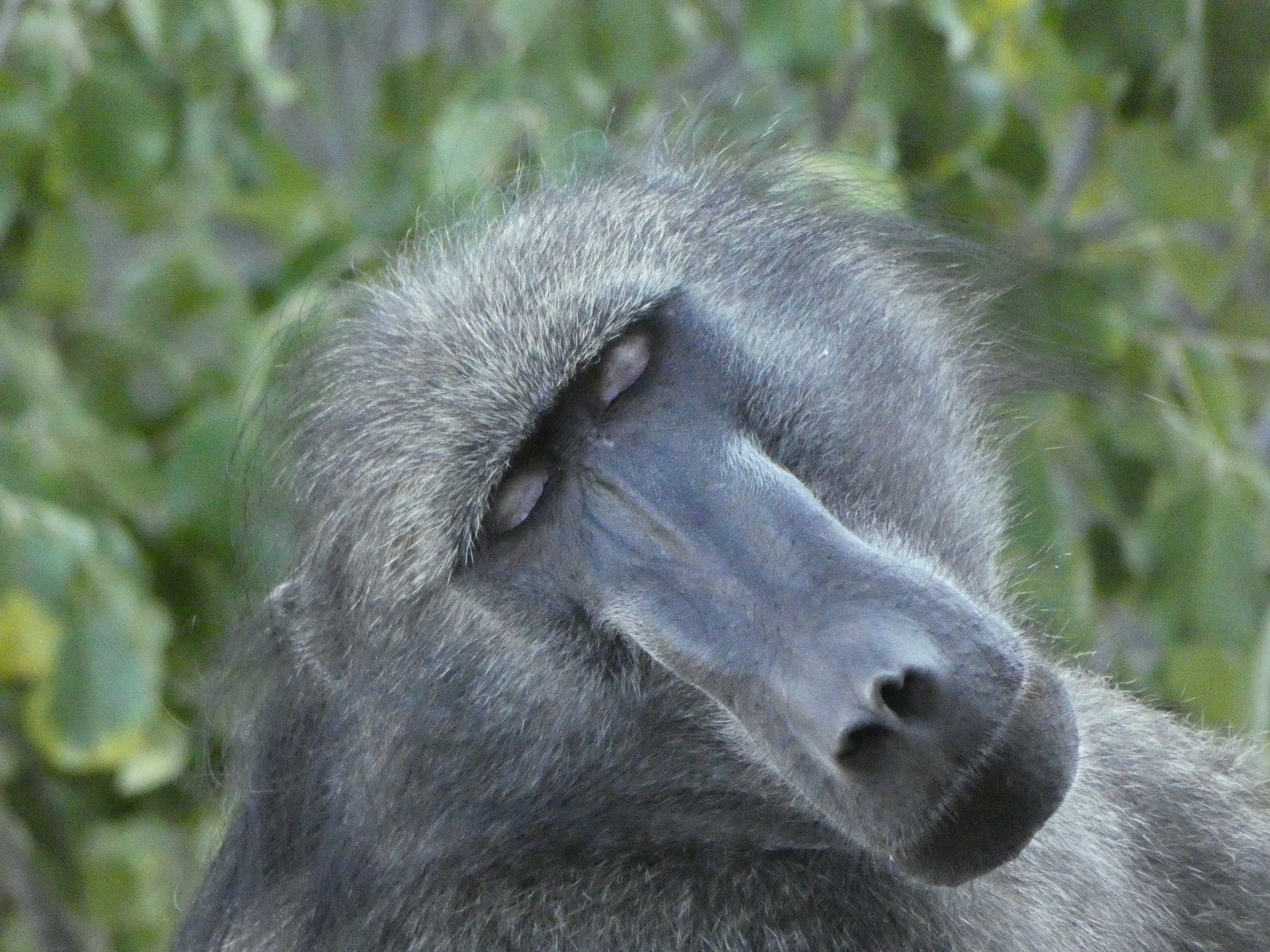
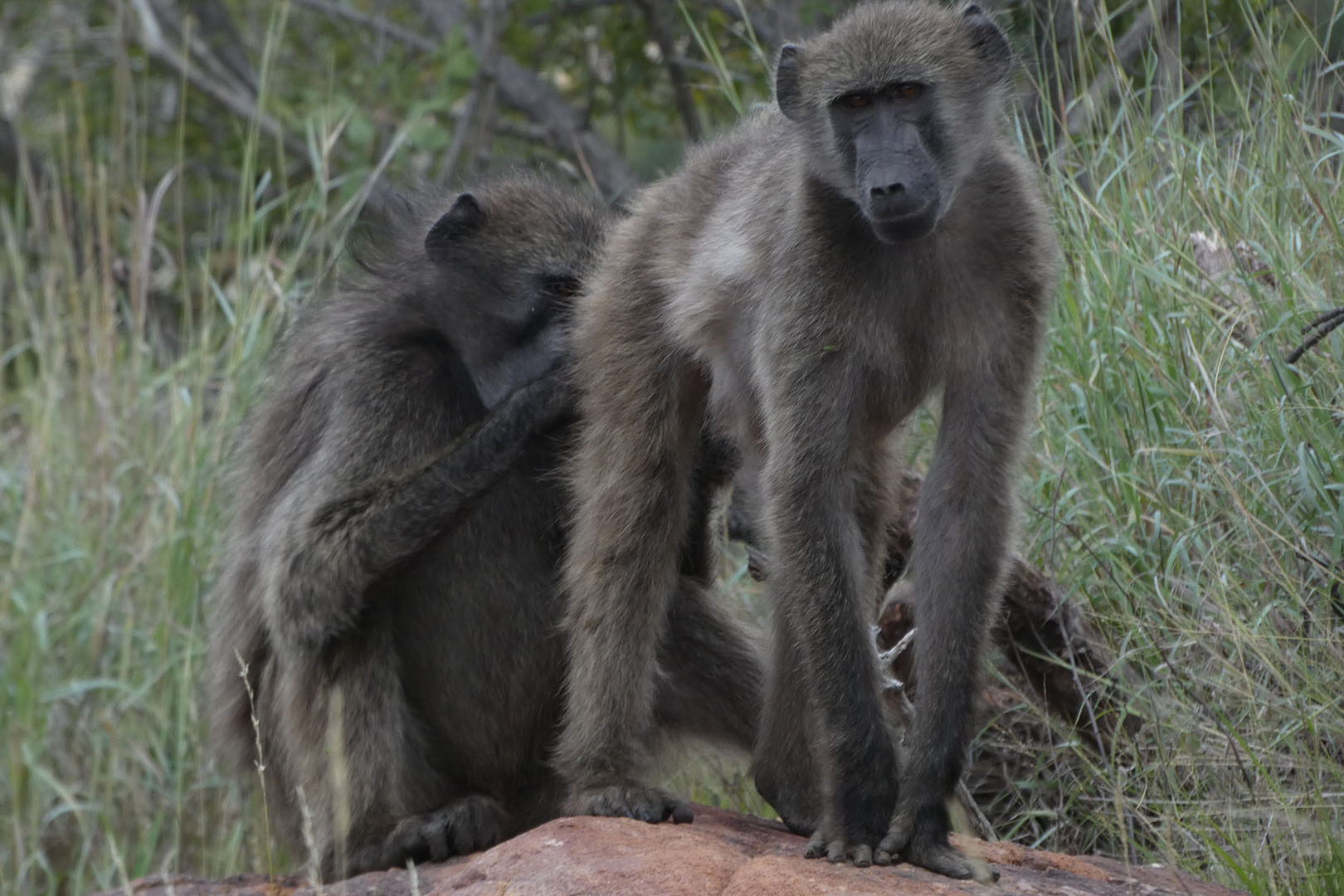
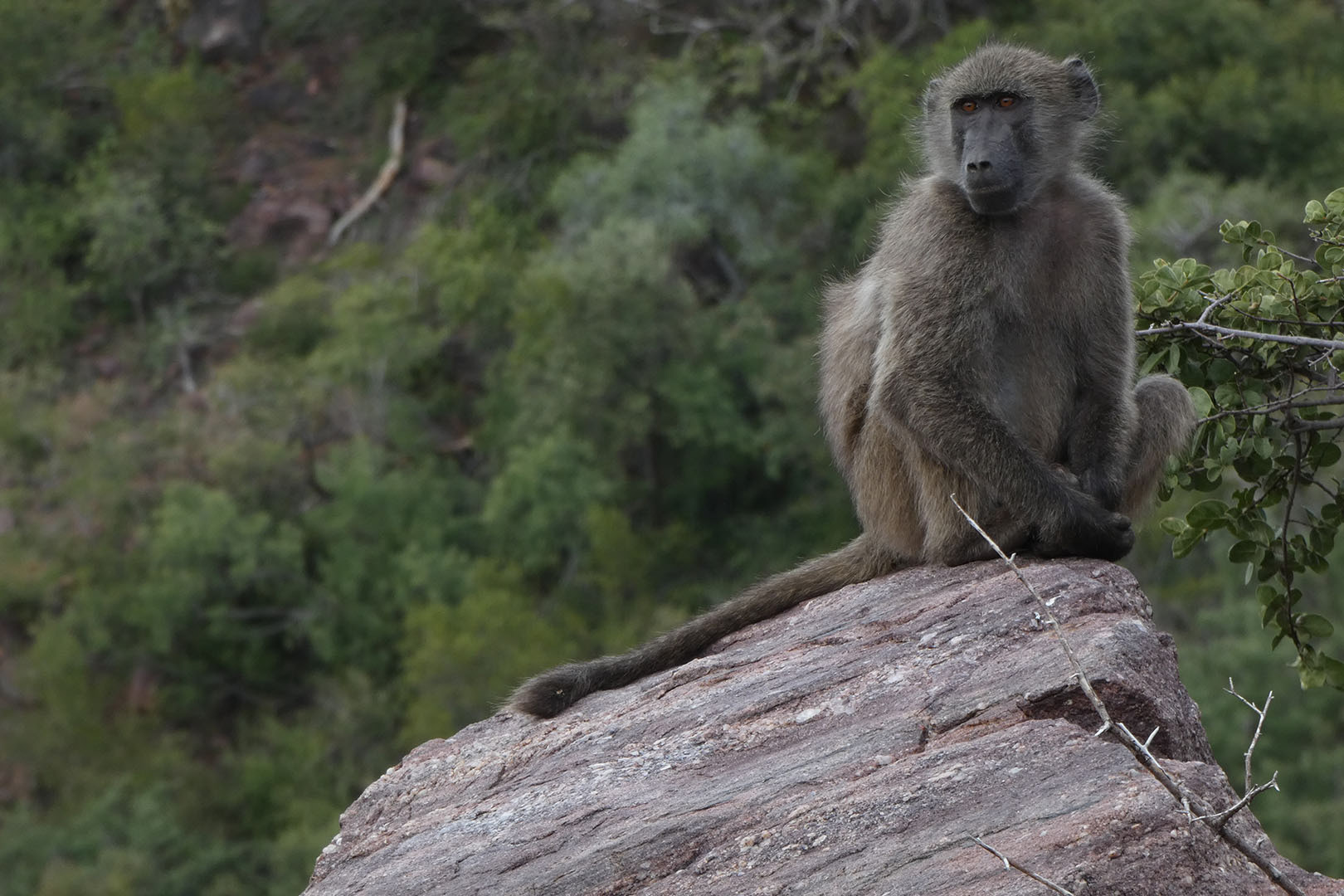
The thermal physiology of wild vervet monkeys
In a large collaborative project (UW-Madison, U-Lethbridge, U-Witwatersrand, UNISA), we are examining the thermal physiology of wild vervet monkeys, through an investigation of the behavioural, ecological and social determinants of thermoregulatory competence. Vervet monkeys are ideal model organisms for a study of this type because they are obligatorily social, experience a wide temperature range in arid environments, and manifest a range of specialized thermoregulatory adaptations. Between 2010 and 2018, encompassing a full drought cycle, we established the only long-term data set on the core body temperature patterns of a wild non-human primate, having collected over 150 ‘monkey-years’ of continuous, high-resolution body temperature data; along with contemporaneous data on the animals’ behaviour and local climate. This is by far the largest data set of its kind from any endotherm. This study is unique, in that it allows us to probe the intersection of our animals’ ecological and social strategies, the degree of flexibility they display, and what consequences this holds for their survival and reproductive success. This, in turn, provides vital information concerning the long-term viability of vervet populations in the face of ongoing climate change.
